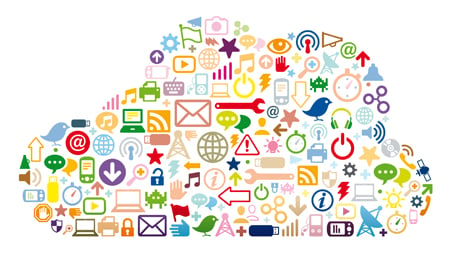Last week Wired magazine ran an opinion piece by Clive Thompson on the long-predicted but slow-to-arrive "Internet of Things" finally becoming a reality (No Longer Vaporware: The Internet of Things is Finally Talking). The gist of the piece was that after many years of predictions and prognostications, the ability to create and benefit from "stuff that talks" is finally within the grasp of the small business or the Average Joe, and that this has set the scene for explosive growth.
One thing I found interesting, though, is how much focus there was on the sensor side of the discussion. Much of the discussion is focused on the broad variety of sensor-based solutions that are popping up, from the sublime (radiation level-mapping in Japan, earthquake warning systems in Chile) to the entertaining but fairly ridiculous (a tilt-sensing mug to track beer consumption during Oktoberfest), nicely demonstrating the breadth of ways in which these devices are finding their way into our lives.
 However, the Internet of Things certainly includes devices that report information other than what they're sensing at a given point in time. There is also enormous value in devices that report their location as well. If you've ever misplaced your car keys (and who hasn't? I suggest you check the couch first ...) then the value of this is obvious. Take that concept and multiply it by hundreds or thousands of assets and you'll see where and why real time location system (RTLS) solutions have emerged based on the availability of devices that automatically report their location.
However, the Internet of Things certainly includes devices that report information other than what they're sensing at a given point in time. There is also enormous value in devices that report their location as well. If you've ever misplaced your car keys (and who hasn't? I suggest you check the couch first ...) then the value of this is obvious. Take that concept and multiply it by hundreds or thousands of assets and you'll see where and why real time location system (RTLS) solutions have emerged based on the availability of devices that automatically report their location.
In a sense, anyone who has implemented an RTLS solution -- in a data center, hospital, distributed IT environment, supply chain, you name it -- has already created their own private Internet of Things, where time consuming and wasteful manual tracking processes have been replaced by a solution based entirely on the assets reporting their location independently. Self-powered wire-free technologies like active RFID asset tags create tremendous benefits for asset managers, capacity planners, financial officers and and so forth by enabling their critical assets to continually report their presence and location, eliminating manual processes, reducing errors, increasing efficiency, and eliminating waste in the process.
So while Mr. Thompson is certainly correct when noting that "the Internet of Things is finally arriving" (certainly in terms of public acceptance and awareness), RTLS solution adopters embraced it long ago. It will certainly be fascinating to see how things change as location awareness transitions from a bunch of independent organizational asset management solutions to just another aspect of how things work.



